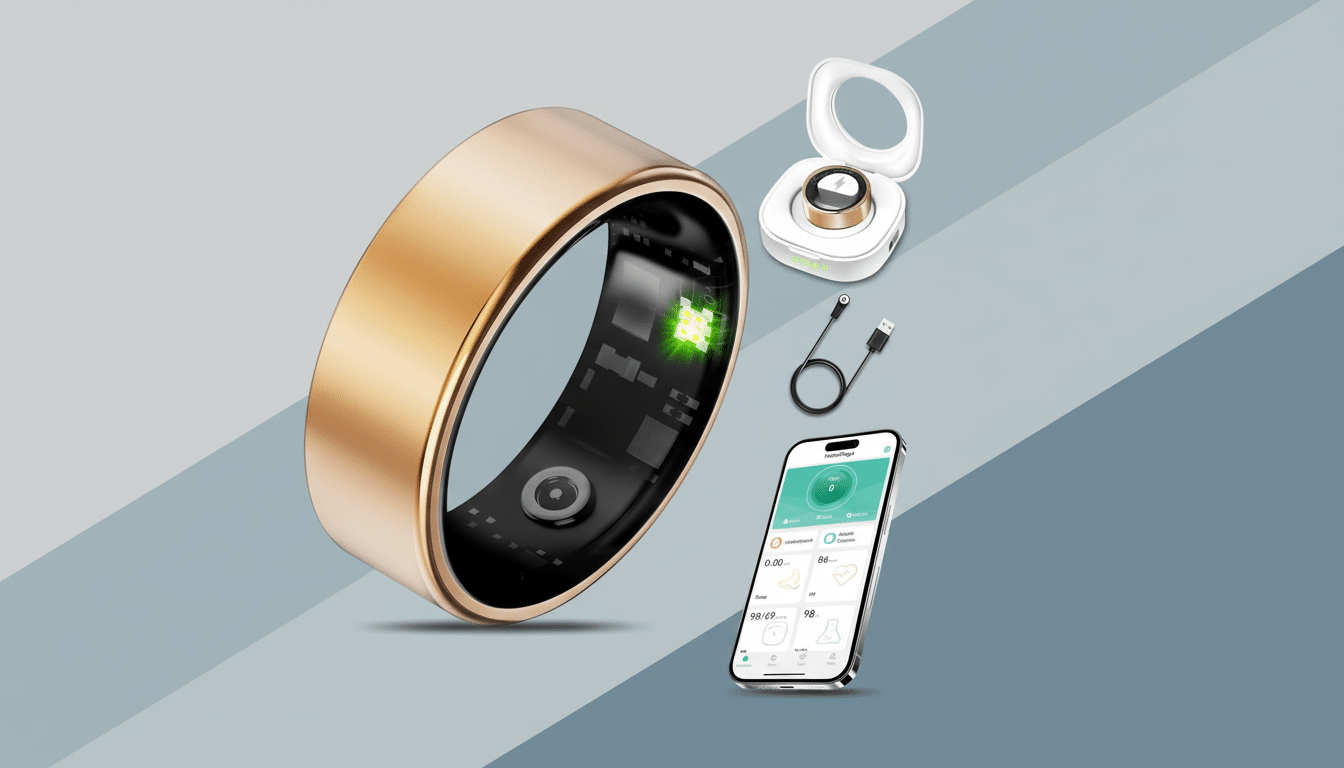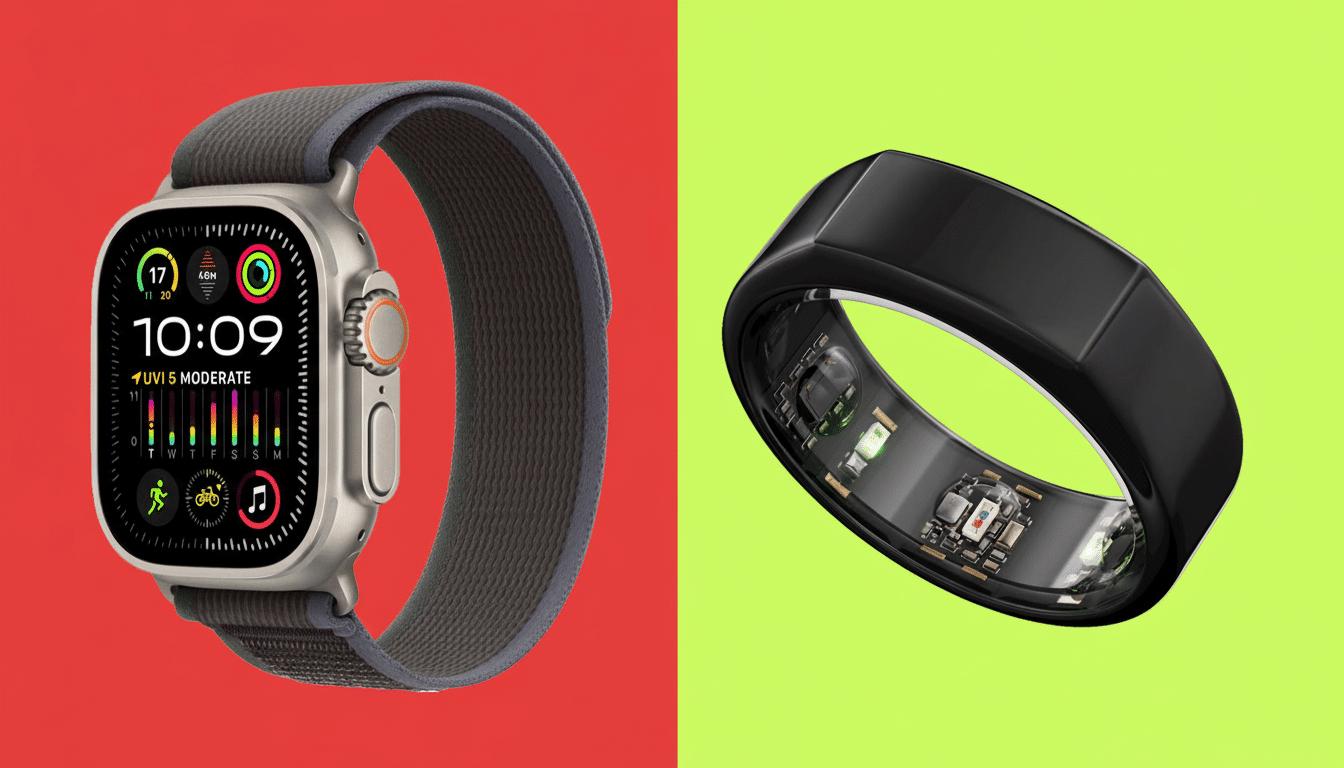Two interface designers previously at work on Meta’s wearables are back with a different kind of controller. Their new start-up, Sandbar, is introducing Stream, a smart ring that records voice notes on command and functions as a textured remote for music. The company sells it as “a mouse for voice” that will turn thought capture and quick media control into something as instinctive as a finger tap.
Sandbar opted for the index finger, rather than another pendant or pin. The move is a recognition that the future of A.I. interaction will not be a screen, but a simple gesture — press, speak, release — and an assistant capable of understanding context and staying out of the way.

How the Stream smart ring works for voice and media control
Stream houses microphones and a flat touch surface on a small band for the dominant index finger.
The mic is muted by default and turns on when you press down and hold the pad, ensuring surreptitious-level dictation that keeps your thoughts private. During demos, speech was transcribed and sent to a companion iOS app with haptic feedback — that way you can add tasks or jot ideas without ever looking at a screen.
Within the app, an AI-powered chatbot listens as you record, sorts ideas into notes and assists in editing or summarizing later. You can pinch to zoom out, reviewing conversations across days or weeks, and Sandbar layers in light personalization so the assistant’s voice begins to sound a bit like your own cadence. When you need privacy in a sea of people, the wireless headphones that come with it route the assistant back to you; otherwise, the ring only trusts in soft vibration for your rewards.
And because the touch surface doubles as a universal media controller — play, pause, skip and volume — it’s often handy when you’re on a run, on a bike commute or when your phone is at the bottom of a bag. A ring, unlike the headphone-forward gestures, can work on whatever audio gear you happen to be wearing that day.
Why a smart ring makes sense now for AI interaction
Wearable makers have experimented with cards, pins, pendants and wristbands for voice-first computing. But rings do offer something different: exact motions of the fingers and muscle memory. The founders of Sandbar argue that by sticking a control surface on the index finger, it shortens the path from thought to capture, cutting off the friction that can kill spontaneous ideas.
The rest of the market is set up too. Health-minded rings from Oura and fresh faces in the category have helped to normalize tech worn on a finger, with Samsung’s version helping push the form factor further into the popular conversation. Research outfits like Counterpoint have smart rings as a growing segment, even as voice-AI devices struggle to find the right everyday use case.

Pricing, privacy safeguards, and the growing app ecosystem
Sandbar is opening pre-orders at $249 for silver and $299 for gold, with first shipments expected next summer. Unlimited chats and notes plus early features require a Pro subscription, which will be free for three months to early buyers, then cost $10 per month.
On the data front, Sandbar claims that users retain control over their content, with encryption at rest and in transit. The company is also building data export options to popular tools such as Notion, a nod to the truth that notes and tasks have to live where people are already doing work. That openness is a deliberate counterpoint to the walled-garden model that has led other A.I. products astray.
Who is behind Sandbar and the team building Stream
Before cofounding Sandbar, CEO Mina Fahmi worked in human-computer interfaces at Kernel and at Magic Leap. CTO Kirak Hong had stints at Google and CTRL-Labs, the neural-interface startup that Meta (then Facebook) bought in 2019 to fold into its smart wearables research. The thesis of the history they share: voice and fleeting touch are the simplest bridge between thought and action.
Sandbar has raised $13 million from True Ventures, Upfront Ventures and Betaworks. Investors say they were worried about voice gadgets after disappointing demos elsewhere, but warmed to Stream’s emphasis on low-friction capture rather than always-on companionship.
A crowded field for voice-AI hardware and hard lessons
There is fierce competition throughout voice-AI hardware. Card-like recorders from Plaud and Pocket, pendants from Friend, Limitless and Taya, even a wristband from Bee — now owned by Amazon — all continue to test the market. A recent shake-up shows the risk: Humane’s sale to HP and Rabbit’s shift toward software, signaling how precipitously bets on hardware that lack sticky daily utility can fall apart.
Sandbar’s challenge is to show that a ring is better than phones, earbuds and watches at the basic job of catching thoughts and directing audio. If users discover “press, whisper, done” really is quicker than fumbling for an app or tapping at earbuds, Stream might just find a permanent place on the index finger. If not, it will take its place on a long list of cool prototypes that never caught on.
For now, the clipped interaction of Stream — mic off by default, tactile confirmation, exportable data — sounds like a thoughtful answer to customer skepticism about privacy and lock-in. The next test is real-world endurance: hundreds of micro-interactions a day, zero friction, and an assistant that helps while getting out of the way.

